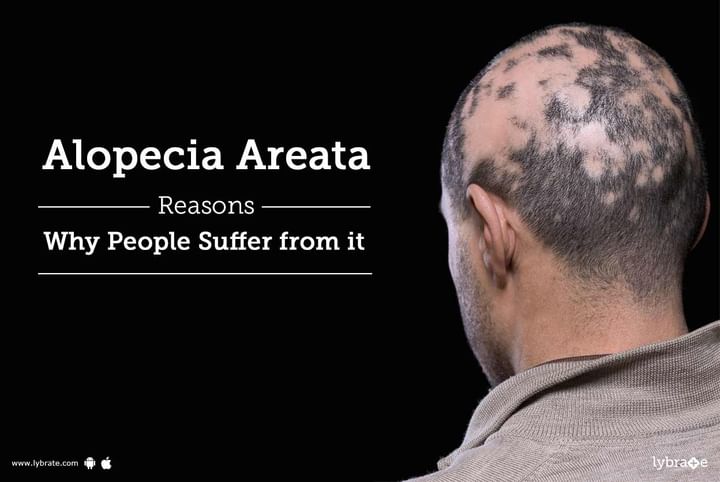Alopecia Areata - Reasons Why People Suffer from it
Alopecia areata is a kind of hair loss or male pattern baldness that happens when your immune system starts attacking the hair follicles, which is where the hair growth starts. This is therefore an autoimmune disease. The damage and harm caused to the follicle is usually not permanent. Specialists are still not aware as to why the immune system attacks the follicles.
Alopecia areata generally begins when chunks of hair start falling out, forming thoroughly smooth, round bare patches on the scalp or different regions of the body. Now and again the hair might become thinner without any noticeable bald spots, or it might develop and shed off, leaving small patches. This can lead to permanent balding and may also be a sudden evolution.
The condition takes place when the cells in the hair follicles are attacked by white blood cells, making them contract and drastically slows down the hair growth. It is unknown as to precisely what causes the immune system to attack the hair follicles in such a manner.
However, there are a few ways due to which people can get alopecia areata. They are as follows:
-
Since the exact cause of the condition is unknown, it regularly happens in individuals who have a family history of other immune system diseases, for example, type 1 diabetes or rheumatoid joint pain.
-
A few researchers presume that hereditary qualities may add to the advancement of alopecia areata. They additionally believe that specific factors are expected to trigger alopecia areata in individuals who are hereditarily inclined to the disease.
-
Around 10% of individuals with this condition may never regrow hair. You will probably have irreversible and permanent balding if you have the following:
-
A family history of the condition.
-
The condition appears at a young age (before adolescence) or for longer than a year.
-
Suffering from any other immune system infection
-
Inclined to hypersensitivities (atopy)
-
Have extensive hair loss.
-
Have unusual colour, shape, surface, or thickness of the fingernails or toenails.
-
In a few people with alopecia areata, the fingernails and toenails start becoming hollowed, that is they look as though a stick had made numerous small dents in them. They may likewise look like sandpaper. People with this condition might suffer from psychological and morale issues as well. Hence, getting tensed about it can aggravate the problem further, causing more hair loss.
Alopecia areata cannot be cured yet. The vast majorities of people who have had one episode might have more episodes of balding. Hence, whenever you feel like you might be showing certain symptoms of hair loss, do get it diagnosed by a specialist, since hair loss is not something that should be ignored, as it may be a symptom of greater lifestyle diseases. If symptoms recur after treatment, go for regular check-ups.



+1.svg)
